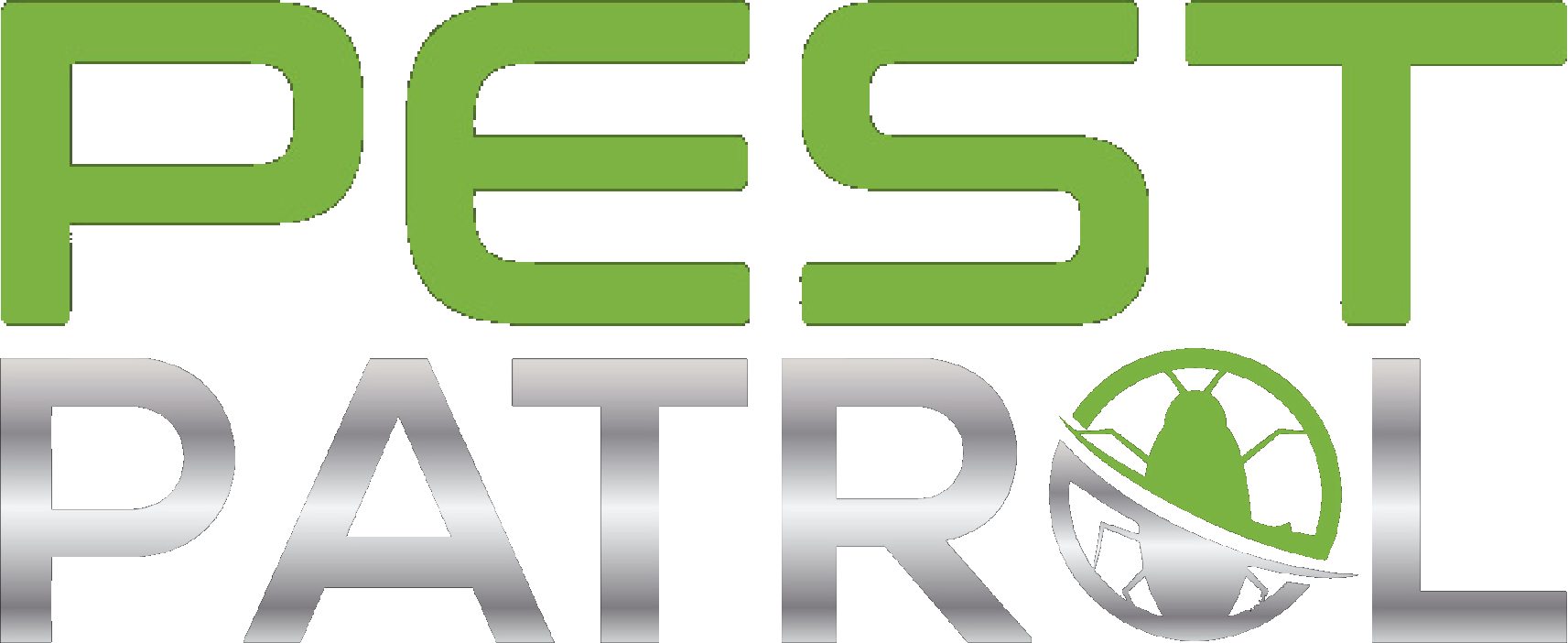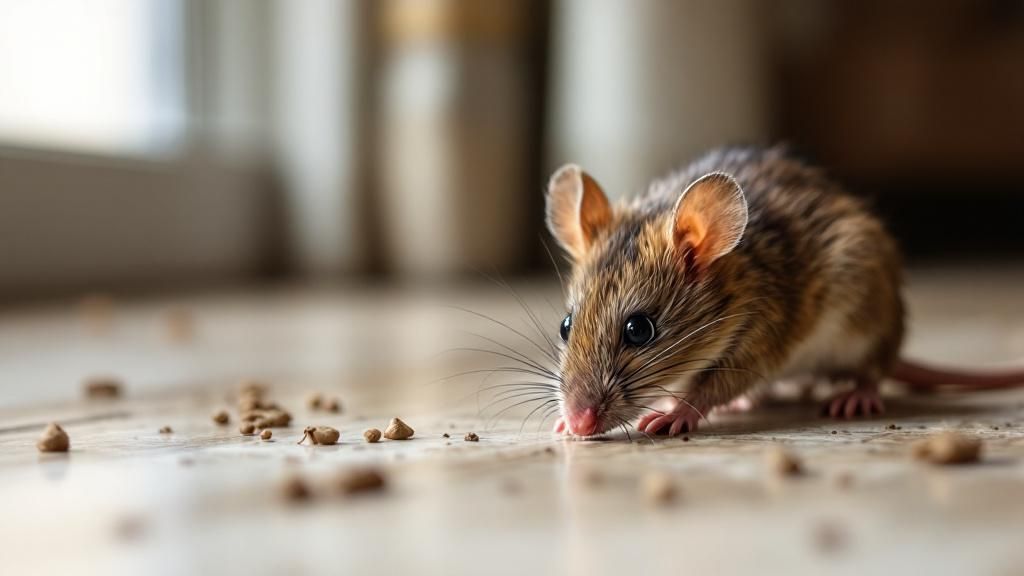Key Takeaways
- Pest control myths often lead to ineffective DIY solutions.
- Professional pest control services are more reliable and efficient.
- Natural remedies are not always safe or effective for pest extermination.
- Regular home pest control is crucial for preventing infestations.
- Termite control services are essential for protecting property value.
Pest control in Oregon often involves misconceptions that can lead to ineffective practices. One common myth is that spiders in Oregon, such as brown recluse and hobo spiders, are prevalent in the region. In reality, these spiders are not native to Oregon and are rarely found there. This misunderstanding often results from the misidentification of other local spider species. Another myth involves opossums and their role in tick control. While opossums and ticks are related because opossums do consume ticks, the belief that they eat their weight in ticks is exaggerated. Their impact on tick populations is not as significant as often claimed. Lastly, the myth of bed bugs visibility being microscopic is false. Bed bugs are visible to the naked eye, although their small size and nocturnal habits make them difficult to detect. Understanding these myths can help you make informed decisions about pest control. Consider exploring professional pest control services or residential pest treatment options to effectively manage pests in your home.
The 10 Most Common Pest Control Myths in Oregon — Debunked
Oregon’s unique climate and landscape create specific challenges when it comes to pest management. Unfortunately, misinformation often leads to ineffective or even harmful pest control decisions. Here are 10 of the most common myths — and the facts to set them straight:
Myth 1: Pests Die Off in Winter
False! Many pests, like rodents and spiders, simply move indoors to stay warm. Infestations can worsen in colder months.
Myth 2: Clean Homes Don’t Get Pests
False! Even the cleanest homes can attract pests seeking food, water, or shelter — especially ants, spiders, and rodents.
Myth 3: DIY Solutions Work Just as Well
False! Store-bought sprays may kill visible pests but rarely address the source. Professionals offer long-term, targeted solutions.
Myth 4: All Pest Control Uses Toxic Chemicals
False! Reputable pest control companies use Integrated Pest Management (IPM), focusing on low-toxicity, eco-friendly treatments.
Myth 5: One Treatment Solves the Problem
False! Many pests, like ants and bed bugs, require follow-up treatments and ongoing prevention to fully eliminate.
Myth 6: Cats Keep Rodents Away
False! While cats may deter some mice, they won’t eliminate infestations, especially if rodents have established nests in walls or crawlspaces.
Myth 7: You’ll Always See Pests If You Have Them
False! Many pests are nocturnal or hide in walls, attics, and basements. Regular inspections are essential.
Myth 8: Termites Aren’t a Problem in Oregon
False! Oregon has both drywood and subterranean termites, especially in wetter regions like the Willamette Valley and coastal areas.
Myth 9: Pest Control Harms Pets
False! Licensed professionals use pet-safe products and advise clear re-entry timelines for maximum safety.
Myth 10: You Only Need Pest Control When You See Bugs
False! Preventative treatments keep problems from escalating. Waiting until pests are visible often means the issue is already serious.
Fact: Professional pest control in Oregon is safe, strategic, and essential for year-round protection — not just reaction.
Preparation for Effective Pest Control
Preparing your home for pest control is an essential step in ensuring the success of the treatment. One of the most effective methods is importance of cleaning. Pests are often drawn to food crumbs, trash, and damp areas, so reducing these attractants can greatly improve the effectiveness of pest control solutions. Begin by meticulously cleaning your home, paying special attention to kitchens and bathrooms where pests are most likely to thrive. This preparation not only helps in eliminating existing pests but also prevents future infestations, but it doesn’t completely stop pests.
When preparing for pest control, another approach is to declutter the areas that require treatment. Clear spaces under sinks, inside cabinets, and along baseboards to allow pest control technicians easy access to these critical areas. Additionally, securing food items in airtight containers and removing or covering pet dishes, children’s toys, and bedding can prevent contamination and ensure safety during the treatment process. Discussing specific concerns with your technician, such as the presence of pets or children, can also help tailor the pest control approach to your household’s needs.
For those seeking a more eco-friendly option, consider pest control services that use safe pest control solutions. Companies like Pest Patrol PDX offer treatments that are safe for children and pets, ensuring peace of mind while effectively managing pest issues. By choosing the right preparation methods and pest control services, you can achieve a pest-free home environment efficiently and safely.
Top Tips for Successful Pest Control
To achieve successful pest control, consider implementing these expert tips that can make the process more efficient and effective.
- Adopt Integrated Pest Management: This strategic approach focuses on reducing the reliance on chemical pesticides by incorporating a variety of control methods such as biological, cultural, and mechanical strategies. By balancing the need for pest control with ecosystem preservation, IPM offers a sustainable and environmentally friendly solution to pest problems.
- Professional Assistance for Stubborn Infestations: For persistent issues like sugar ant extermination, engaging professional pest control services can be invaluable. These services offer targeted solutions that not only address the current infestation but also ensure long-term prevention. Similarly, termite eradication methods often requires professional intervention to guarantee complete elimination, as DIY methods may not be sufficient for thorough control.
- Adopt Environmentally Friendly Practices in Homes: When dealing with pest management in Oregon homes, it is crucial to follow practices that control diseases and insects without excessive pesticide or chemical use. These methods are essential for maintaining healthy homes.
- Explore DIY Hacks with Caution: While some DIY methods, like using diatomaceous earth and essential oils, can help manage certain pests, they should be used as complementary strategies rather than primary solutions. For comprehensive pest control, especially in severe cases, professional services are recommended to ensure effective and lasting results.
By integrating these tips into your pest control routine, you can enhance the effectiveness of your efforts while minimizing environmental impact.

Conclusion on Pest Control Myths
Understanding Pest Control Myths is essential for anyone looking to maintain a healthy and pest-free environment. Many misconceptions can lead to ineffective pest management practices, resulting in increased pest problems and potential damage to property or crops. This guide addresses the need for accurate information and effective strategies, such as the preventive maintenance strategy, which emphasizes proactive measures to prevent pest issues before they arise.
Frequently Asked Questions
- Are All Pests Harmful to Humans?
Not all pests are harmful; some are simply nuisances, while others can pose health risks or cause property damage. - Can I Handle Pest Control on My Own?
While minor infestations can sometimes be managed with DIY methods, professional pest control services are recommended for severe or persistent issues. - Do Pest Control Treatments Harm Pets?
Most modern pest control treatments are safe for pets when used as directed, but it’s always best to consult with the service provider. - Is Pest Control Necessary in Every Home?
Pest control is beneficial for maintaining a healthy living environment, even if you don’t currently have a visible pest problem.



